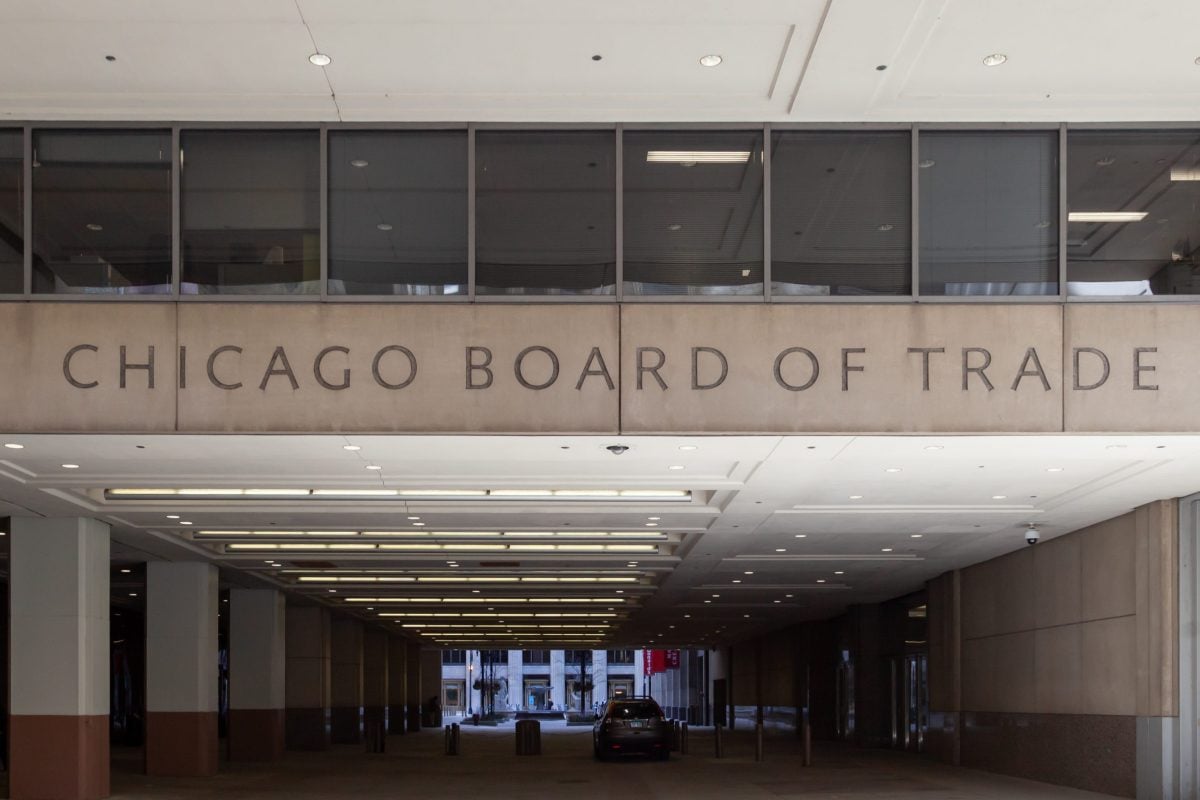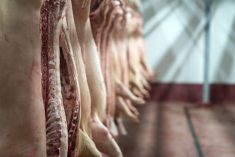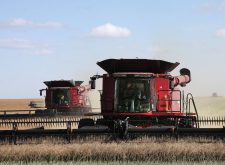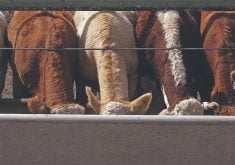By Gustavo Bonato
SAO PAULO, Oct 16 (Reuters) – The absence of rain in the last two weeks is threatening crop potential in Mato Grosso, Brazil’s top soybean-growing state, as producers struggle to plant on schedule, the president of the country’s most important local farmer’s association said.
Planting in Mato Grosso, which accounts for 30 percent of Brazil’s soybean crop, has been stalled at around eight percent of the total planned area since last week.
“We should have reached 20 or 30 percent of the area at this point,” Ricardo Tomczyk, head of the state’s Aprosoja farm lobby, told Reuters late on Wednesday. “Dry weather is disrupting our planning and it could reduce yields.”
Read Also

U.S. grains: Soybeans rise on China demand hopes; corn and wheat rebound
Chicago Board of Trade soybean, corn and wheat futures rose on Monday on signs of progress towards the end of a record-long U.S. government shutdown, along with expectations of a revival of U.S. soybean exports to China, analysts said.
Brazil should harvest a record soybean crop of 94 million tonnes this season, according to U.S. Department of Agriculture estimates published before the latest dry period. If confirmed, USDA figures indicate Brazil will once more be the world’s largest soybean exporter in the 2014-15 season, slightly ahead of the United States.
In Brazil’s center-west grain belt, soybean sowing starts in mid-September, as soon as spring rain arrives and provides enough soil moisture. Usually, harvesting begins as early as January and speeds up in February and March.
This year, the usual time frame may not apply, as steady rain will only come after Oct. 21, according to a note from local forecaster Somar on Thursday.
Farmers may have to replant seeds that sprouted but were killed by the heat, adding another risk factor to the bumpy early season, Tomczyk said.
When rain finally does reach the fields, allowing seeds to develop, the time for sowing will be much shorter.
Specialists recommend consistently paced sowing and harvesting so the risk of having to reap the entire crop under wet and damaging weather is minimized.
Prolonging the growing season results in more exposure to the rain and a heightened occurrence of tropical fungal diseases, like the feared leaf rust.
Aprosoja already anticipates higher fungicide costs for farmers in Mato Grosso this season, further squeezing profit margins as soybean prices plunge amid expected record crops in Brazil and the top-growing United States.
Mato Grosso could very well still manage a record crop, and Tomczyk said the losses could not yet be estimated. But he expects a decrease in yield potential when Aprosoja publishes a new Mato Grosso crop estimate in a few weeks. The latest report indicated a record of 27.7 million tonnes from the state.
In the southern state of Parana, Brazil’s second-largest grain producer, dry weather has also slowed down sowing in recent days, according to state government agency Deral. Late September, however, was quite rainy, and the moisture deficit in the soil is less dramatic than in Mato Grosso.














